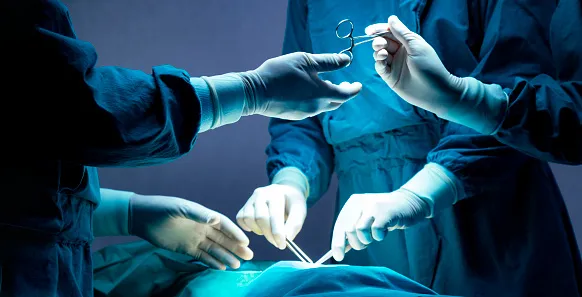Orthopedic Trauma
An orthopedic emergency can be a life-altering experience. At NewYork-Presbyterian Brooklyn Methodist Hospital, our board-certified, fellowship-trained orthopedic trauma surgeons provide a full spectrum of care, from routine procedures to complex, lifesaving treatment. We use state-of-the-art orthopedic instruments, implants, and 3D X-ray technology that allows us to deliver world-class care right here in Brooklyn.
Comprehensive Care
As an accredited regional trauma center, we have the resources and expertise needed to care for a wide range of trauma patients. This includes having specialized trauma teams, emergency department personnel, and orthopedic surgeons (varying specialty areas) available 24 hours per day, 7 days per week, 365 days per year. We'll guide every step of your musculoskeletal care from the moment you come through our doors until you are back to your optimal health.
Our orthopedic trauma team is skilled in joint replacement, limb lengthening, correcting limb deformities, treating infected fractures, and caring for both simple and complex broken bones, including those that have failed prior treatments. We provide surgical and nonsurgical treatment for orthopedic conditions such as:
- Fractures of the elbow, wrist, forearm, ankle, foot, clavicle, hip, pelvis, and more
- Issues related to aging or osteoporosis
- Joint injuries
- Bone infections
- Malunions and nonunions
- Limb deformities
Our Trauma Center
Our Level 2 trauma center, located at 515 6th Street, Brooklyn, NY,11215, is equipped to handle severe injuries using the most up-to-date diagnostic and treatment modalities. Contact us today to learn more about our services.
Meet Our Orthopedic Trauma Surgeons
Specialties
Orthopaedic Surgery
Affiliations
NEWYORK-PRESBYTERIAN HOSPITAL
Specialties
Orthopaedic Surgery
Affiliations
NEWYORK-PRESBYTERIAN HOSPITAL
Areas of Expertise









